Where we came fromOUR HISTORY
Glen Bernard was founded in 1922 and has an established reputation of helping girls develop self-confidence and independence. The source of the name Glen Bernard Camp is a common query. Mary Edgar chose this property because she especially liked the glen at the base of a hill close to the lake. A glen is a level area from which the land rises on all sides creating a bowl, ideal for camp programs such as; campfires, storytelling, outdoor plays and games and in the case of GBC, a program about people of The First Nations for whom Mary Edgar had a special respect. The name Glen Bernard Camp is derived from the two unique features, the glen and the precious lake.
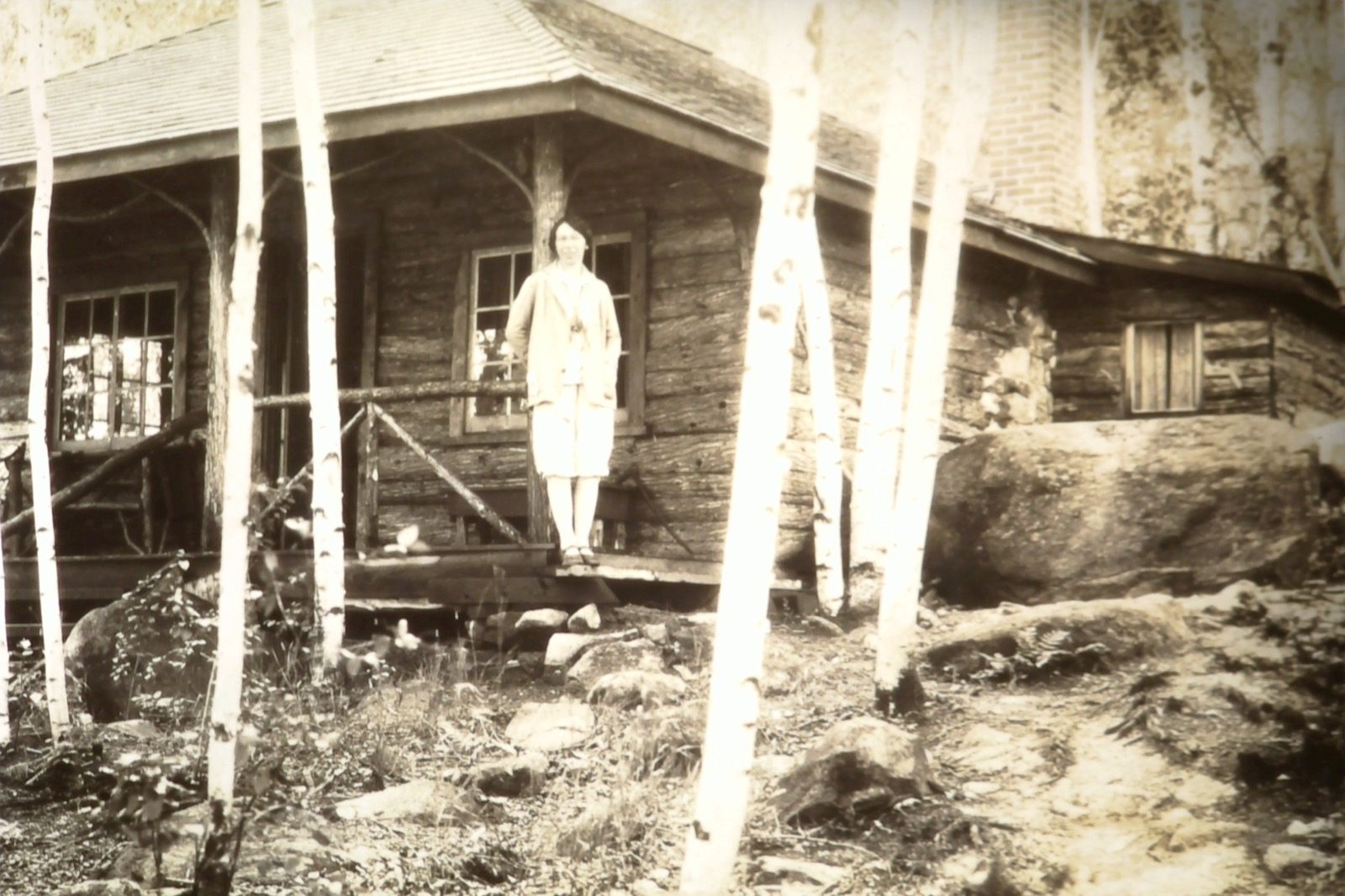
1922 - GBC is founded
In 1922 Mary S. Edgar established Glen Bernard Camp for girls at the site on which it exists today, on the east side of Lake Bernard. The property was then 225 acres and the shoreline included both sandy beaches and some rocky areas. A portion of the land had been a farm and the campers were soon engaged in the planting of trees which today are an important feature of the campsite. Those first campers (all ages 12 – 17 years), thirty in number plus staff enjoyed swimming, canoeing, basketball, golf, plays, music and adventures to favourite spots that campers and staff came to discover. It was not long before canoe trips were added to the action.
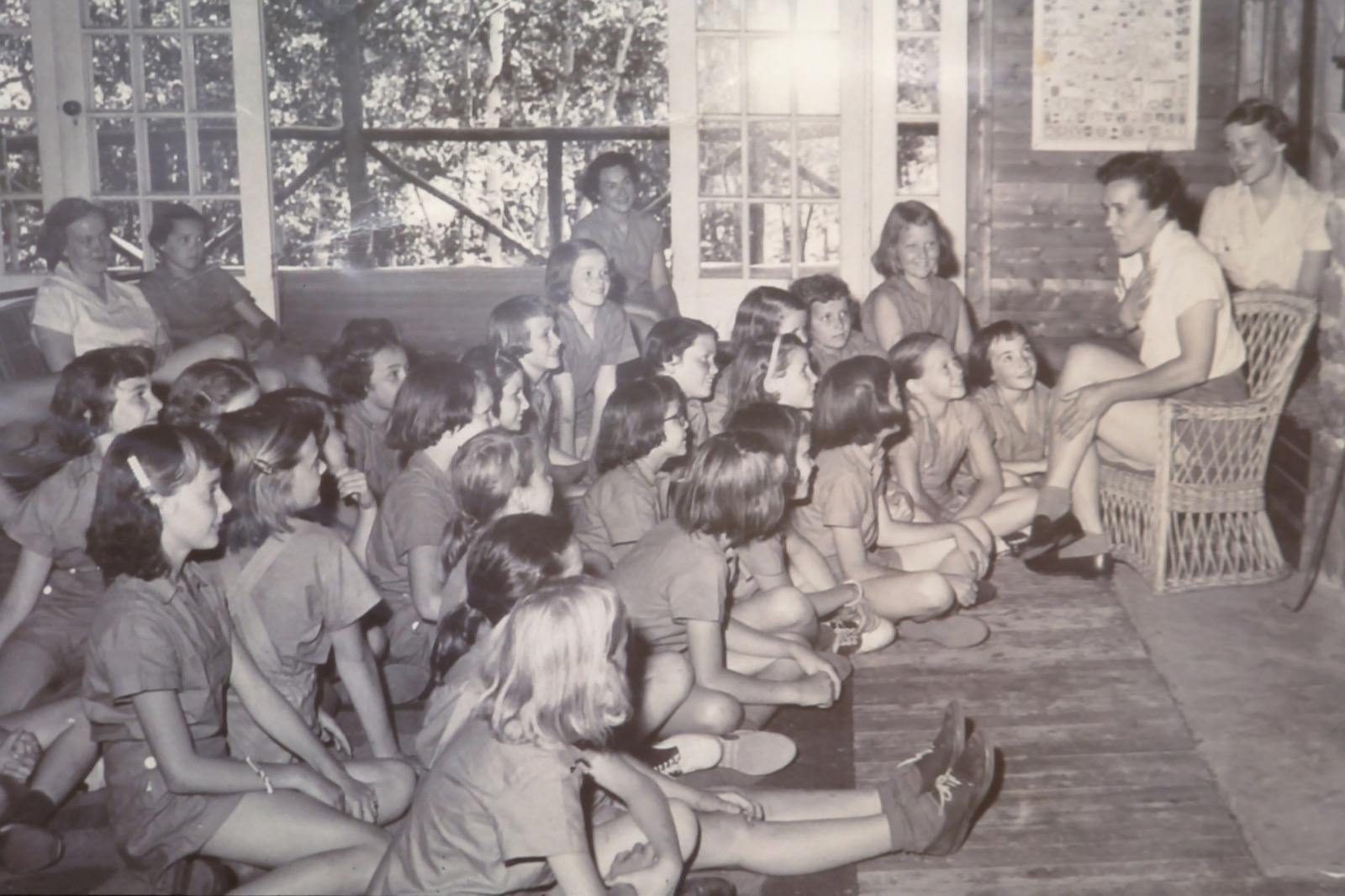
1923 - Doubling in Size
In the second season, Glen Bernard included younger campers of 6 – 11 years because all the first campers felt their younger sisters should be able to come too! The property doubled in size to 430 acres and the number of campers had grown to seventy. Cabins began to replace tents and the activities expanded to include sailing, tennis and horseback riding.

1939 - 1945 - Camp Shangri-La
During World War II, a separate camp was organized south of the main campsite for children brought from England to have a summer holiday and escape the nightly air raids. The staff were former campers who volunteered their time and shared their skills for the children from overseas. The regular camp program adapted to the demands of food rationing, no availability of fuel for cars and trucks, and the local farmers loaned their horses to the camp for the riding program. After the war ended, interest in camping grew and the number of campers expanded.
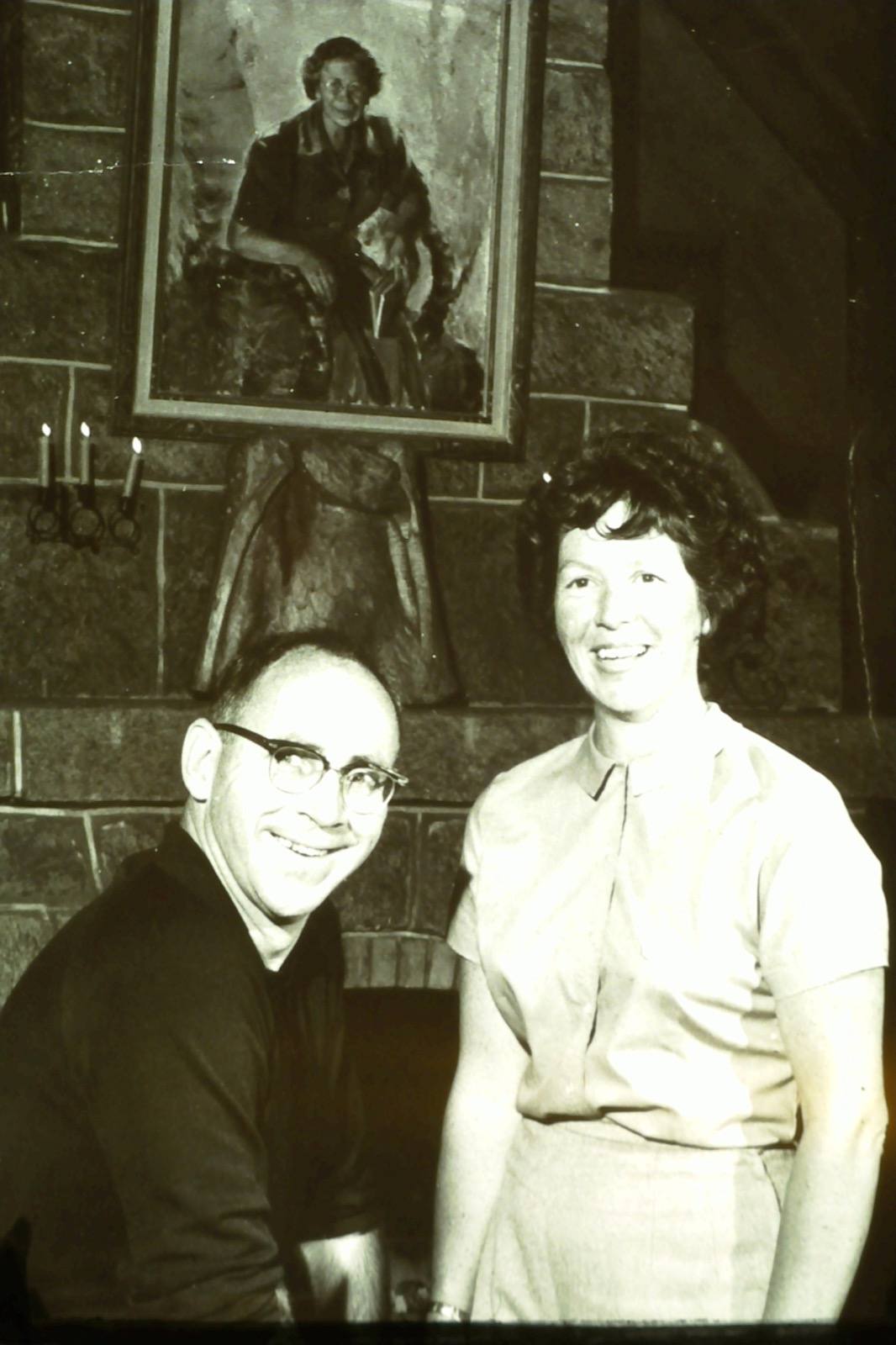
1956 - Welcome Barbara & John Gilchrist
John Gilchrist, nephew of Mary S. Edgar, and his wife Barbara assumed the leadership of Glen Bernard in 1956, continuing the creative and adventurous programs for which GBC was acknowledged.
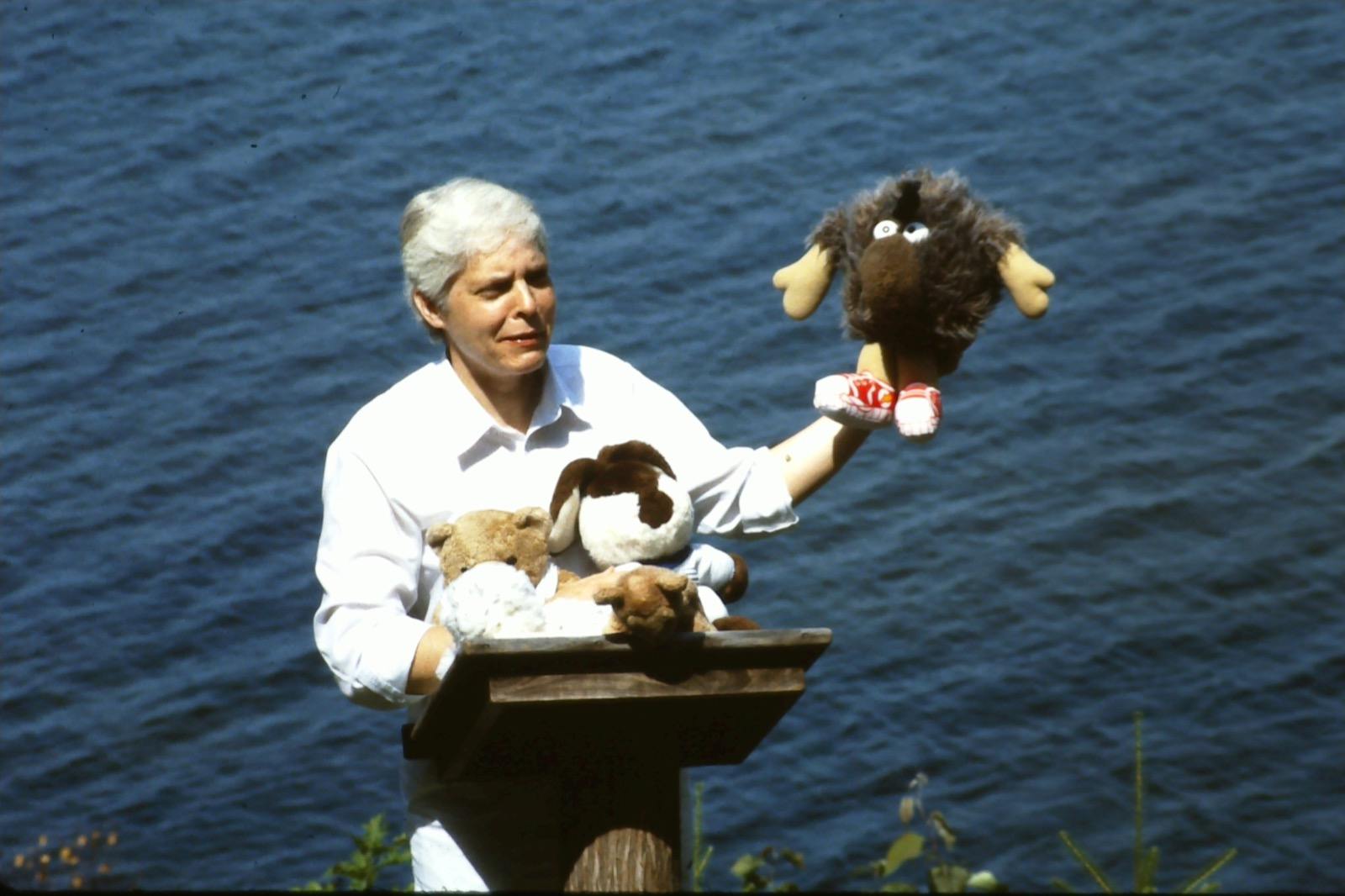
1977 - Jocelyn Palm assumes Ownership
In the fall of 1977, Jocelyn Palm became the owner and director. A plan for the future included a continuous update of programs and facilities. Kayaking, boardsailing, high ropes course, mountain biking, ceramics, lapidary, stained glass, woodworking, and the return of golf are some of the additions.

Present
A key focus at GBC is on environmental sustainability and our commitment in aspects of facilities and in sharing the message with campers and staff. We are mindful of the tremendous learning opportunity we have to educate campers in respect for the natural world, considering our relationship with it, understanding our impact upon it, and taking action to use it wisely. In September 2017, the Near North Enviro-Education Centre opened in Sundridge. NNEEC will allow local citizens and their friends, businesses, government agencies, universities, colleges and schools, as well as GBC, to nurture and generate leaders aligned with three pillars essential to the viability of our rural communities. The three pillars are: • Environmental sustainability • Rural economic viability • Social diversity.
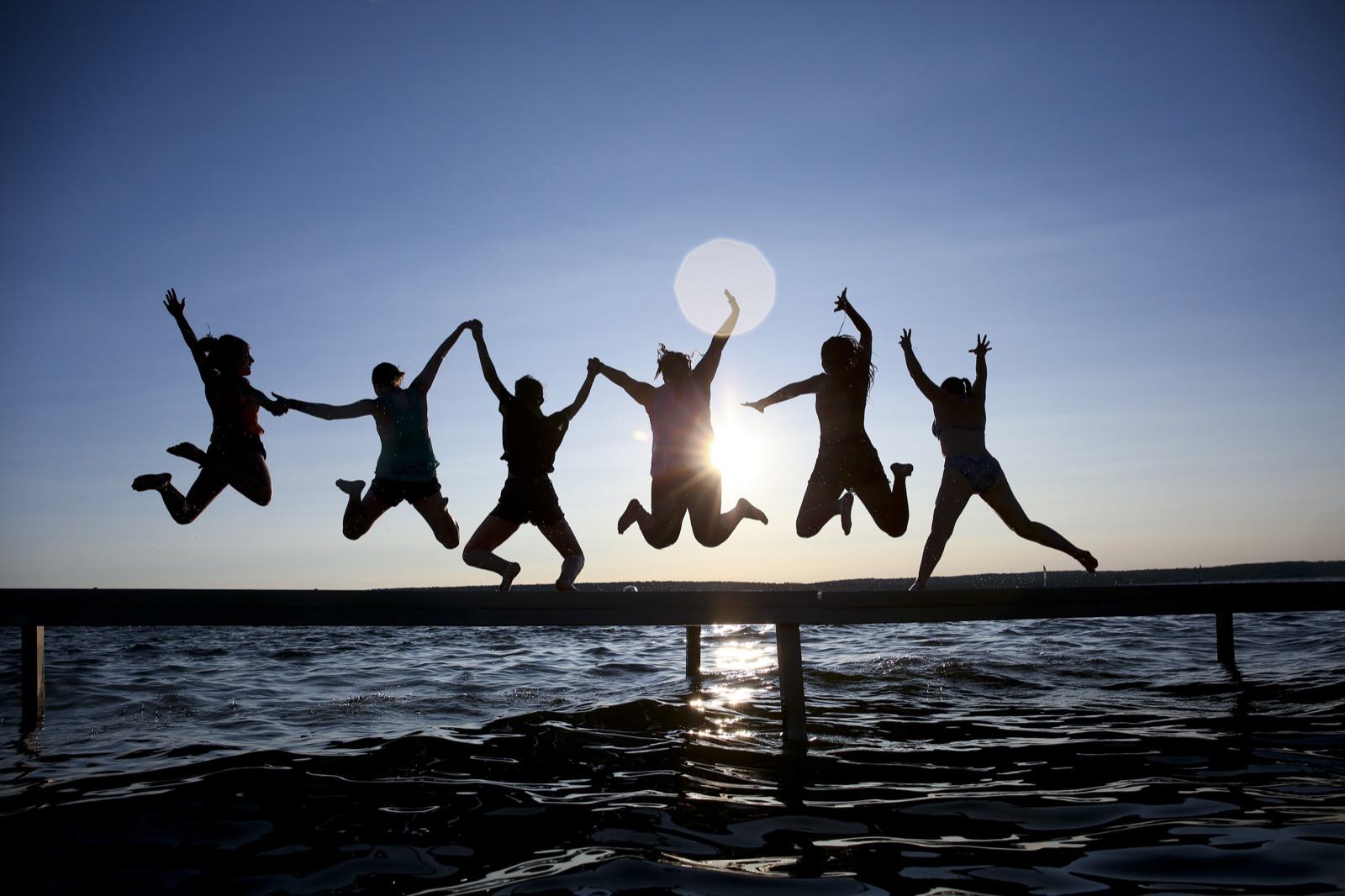
Future
Having celebrated our 100th Season in 2021, we are now launching into our second century at GBC!
